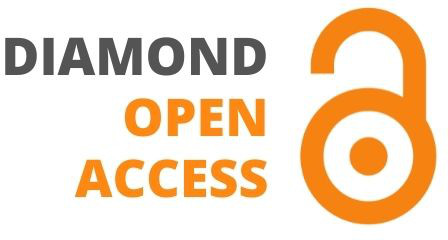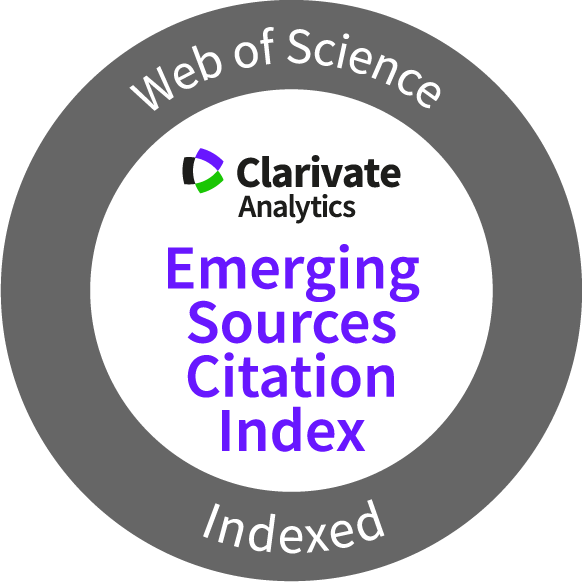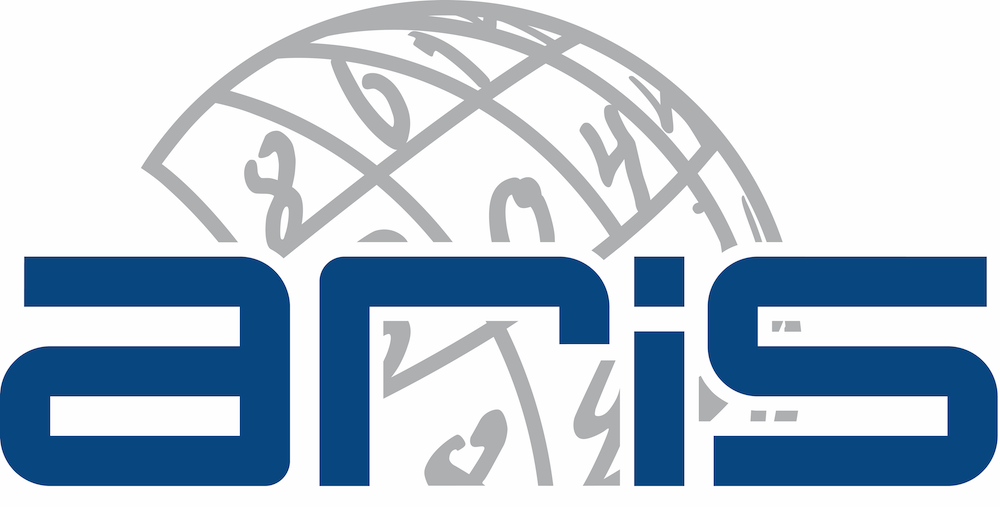Journal of Information Technology in Construction
ITcon Vol. 29, pg. 1058-1082, http://www.itcon.org/2024/47
Leveraging semantic web rule languages to define modeling assumptions for the structural analysis of unreinforced masonry buildings
| DOI: | 10.36680/j.itcon.2024.047 | |
| submitted: | May 2024 | |
| revised: | August 2024 | |
| published: | December 2024 | |
| editor(s): | Getuli V, Rahimian F, Dawood N, Capone P, Bruttini A | |
| authors: | Maria Laura Leonardi, PhD student
University of Minho, ISISE, ARISE, Department of Civil Engineering, Guimarães, Portugal mlauraleonardi@gmail.com Stefano Cursi, Postdoctoral researcher ISPC Institute of Heritage Science, CNR National Research Council of Italy, (RM), Italy Elena Gigliarelli, Full Researcher ISPC Institute of Heritage Science, CNR National Research Council of Italy, (RM), Italy Daniel V. Oliveira, Associate Professor University of Minho, ISISE, ARISE, Department of Civil Engineering, Guimarães, Portugal Miguel Azenha, Associate Professor University of Minho, ISISE, ARISE, Department of Civil Engineering, Guimarães, Portugal | |
| summary: | The seismic assessment of existing unreinforced masonry structures is particularly complex. Defining the correct modelling assumptions is essential when using global models to ensure valid results. Achieving this often requires the collaboration of a group of stakeholders with diverse backgrounds who can thoroughly study the structure under consideration. Field-collected data must then be compared with existing literature and regulations before proceeding to the computational model. This phase is particularly labour-intensive, and errors, data loss, or duplication are common pitfalls. The advent of new digital data management methods can improve this methodology. Specifically, a linked data approach based on web ontology language can enhance interoperability between different research areas and enable the formal and comprehensive representation of data to facilitate informed decision-making. This article presents a new method based on linked data for defining modelling assumptions for analytical models used in the seismic analysis of existing unreinforced masonry buildings. Two complementary ontologies are proposed: the Historic Masonry Ontology and the Failure Masonry Ontology. The former defines the mechanical properties of masonry material, while the latter defines the most plausible collapse modes evidenced by earthquakes. In particular, this is achieved through Semantic Web Rules Language (SWRL), which interprets geometric and material data introduced into the ontology. The methodology is successfully applied in a real case study. | |
| keywords: | Linked Data, Semantic Web, Semantic Web Rule Language, Historic Constructions, Structural Masonry | |
| full text: | (PDF file, 1.348 MB) | |
| citation: | Leonardi M L, Cursi S, Gigliarelli E, Oliveira D V, Azenha M (2024). Leveraging semantic web rule languages to define modeling assumptions for the structural analysis of unreinforced masonry buildings, ITcon Vol. 29, Special issue Managing the digital transformation of construction industry (CONVR 2023), pg. 1058-1082, https://doi.org/10.36680/j.itcon.2024.047 | |
| statistics: |





